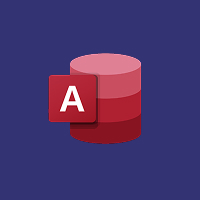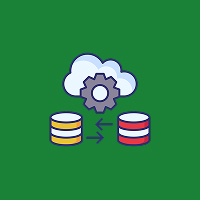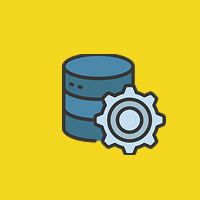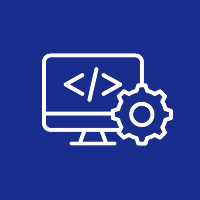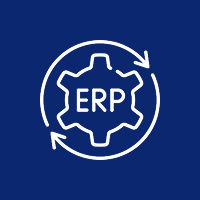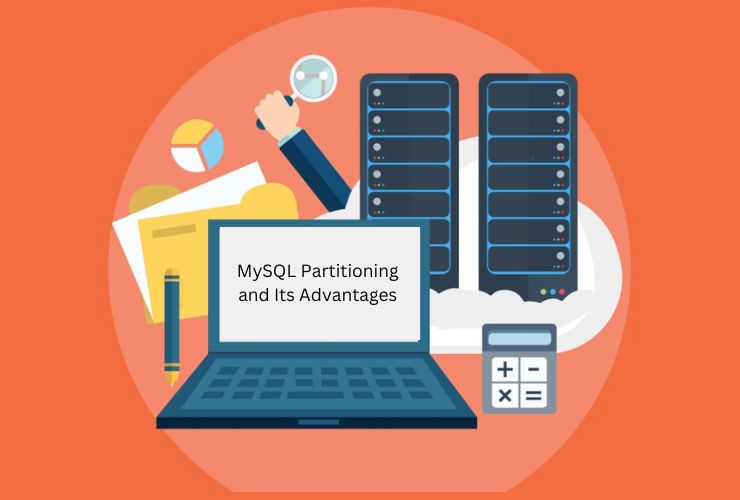As more and more data keep pouring in, keeping and acting on MySQL databases becomes more complicated. Partitioning is among the best methods for scaling large datasets. Partitioning divides a database table into discrete, manageable slices known as “partitions.” These partitions get stored and queried separately, so they are both scalable and efficient.
In this article, we are going to discuss MySQL partitioning, define the process, and explain how it benefits your database in terms of performance improvement, easier management, and optimizing your database.
What is MySQL Partitioning?
MySQL partitioning is a mechanism that allows large tables to be divided into numerous small, independent pieces with certain criteria. Each partition is an independent piece, though they are all still in one table. Partitioning is especially beneficial for such tables that with time become very large and must be retrieved rapidly.
MySQL accommodates numerous partitioning types
- Range Partitioning: It splits data on a given range, e.g., dates or numbers.
- List Partitioning: Data is split on the basis of a list of values, e.g., specific regions or categories.
- Hash Partitioning: Data is distributed over multiple partitions uniformly by using a hash function.
- Key Partitioning: It is similar to hash partitioning but uses MySQL’s native partitioning function.
Each partition can be located on independent physical devices or servers, which allows for more effective utilization of resources and faster access times.
Advantages of MySQL Partitioning
1. Improved Query Performance
One of the major advantages of partitioning is in query performance. With data partitioning, large table involved queries can be executed more effectively. MySQL will only scan the relevant partitions, not the full table. This is extremely helpful for the range condition query, like date-based query search queries, where partitioning on range would limit the rows scanned and hence improve the performance.
Example: Partitioning a sales table by date (by month) implies that searches for data within a given month will only have to access the partition for that month, not search all of the sales data.
2. Better Management and Organization of Data
Partitioning assists with more efficient organization of data. Large sets of data are easier to segment, therefore easier to maintain and store. For example, when partitioning by range (e.g., dates), it is easy to delete or archive old partitions without impacting the overall table.
- Data retention: Old partitions can easily be dropped, making data cleanup easier.
- Partition pruning: As you are querying a table, MySQL prunes automatically the partitions that are not relevant to the query, thus making the retrieval faster.
3. Backup and Restore at a Rapid Speed
Partitioning greatly reduces the speed of backup and restore. Because each partition is independent, you can restore and back up partitions instead of the whole table, and therefore the process becomes quicker.
Incremental backups: You can also backup new or changed partitions, instead of the whole table.
Selective restore: You can also restore partitions, not the whole dataset, which is much quicker if you want just a piece of the data.
4. Simplified Data Distribution Across Servers
Partitioning allows you to distribute data across more than one storage device or server, thus increasing the scalability and performance of the database. With various partitions on various physical devices, you are able to distribute the load and avoid a single device from being a bottleneck.
Load balancing: Spread data across more than one server to distribute the load evenly and avoid a decline in performance.
Scalability: It becomes simpler to scale as your data increases by making additional partitions to other servers.
5. Enhanced Indexing and Maintenance
When data are partitioned, each partition will have its own index, easier to handle and optimize. Partitioning keeps indexes small and effective by keeping low rows per index. Partitioning can also help in increased index maintenance like rebuilding indexes or executing checks on individual partitions.
Quicker indexes to rebuild and maintain: Smaller partitions equate to smaller indexes, faster to rebuild and maintain.
Index pruning: Only indexes that are applicable are used in queries, enhancing performance.
6. Less Lock Contention
In a big non-partitioned table, updates or inserts can lock the entire table, and this will be a cause of performance bottlenecks. Partitioning minimizes this lock contention by locking on separate partitions; thus, various operations can be executed concurrently on different partitions.
Concurrency: Various processes can operate concurrently on different partitions without interfering with one another.
Shorter wait times: Locking a smaller partition instead of an entire table shortens wait times and improves overall efficiency.
When to Use MySQL Partitioning
Partitioning is a useful asset, but it isn’t always necessary or optimum in every database. The following are a few situations where MySQL partitioning can be most helpful:
- Big tables: If your tables become extremely large (millions or billions of rows), partitioning can accelerate queries and simplify data management.
- Time-series data: Partitioning tables by dates (monthly, quarterly) is appropriate for time-series data such as logs, sales, or transactions.
- Archiving old data: If you’re archiving old data on a regular schedule, partitioning enables you to drop or archive partitions instead of working with individual rows.
Partitioning does add more complexity to database design and queries, so it’s worth considering whether or not the advantages are worth the complexity for your specific application.
Conclusion
MySQL partitioning is a feature that can dramatically improve database performance, make data management easier, and add scalability as your data increases. Through the breaking up of big tables into smaller ones, you are able to increase query performance, decrease backup time, and make it easier to manage large data sets. Partitioning also makes it easier to scale your database as well as storage optimization across different devices or servers.
Prior to actually implementing partitioning, take a look at the size and complexity of your data and how partitioning is going to fit with your current queries and infrastructure. By thinking things through and planning ahead, MySQL partitioning can be a life-saver when dealing with large data sets and keeping performance high as your company expands.
Contact Us Today













 Database Development
Database Development




